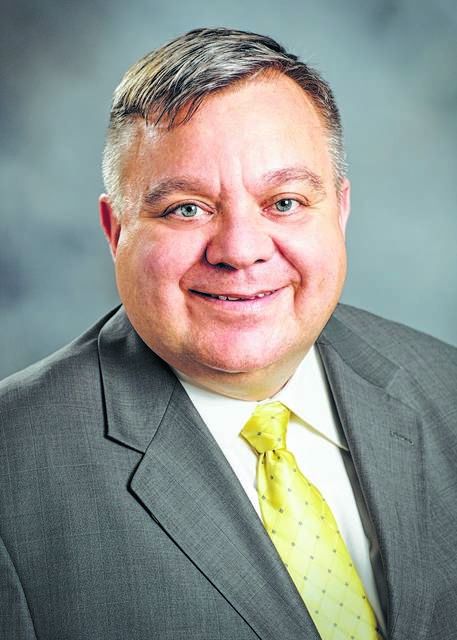Click here to subscribe today or Login.
More than 100 years ago, the Sisters of Mercy worked with local citizens to purchase a large swath of wooded uplands between Wilkes-Barre and Harveys Lake in the Back Mountain to begin constructing Luzerne County’s first four-year college.
Although significant events both locally and abroad delayed their vision for the institution of higher education, the Sisters of Mercy officially broke ground for the Administration Building in 1921 – some seven years after buying more than 99 acres of land. Three years later, College Misericordia opened its doors, housing the entire academic experience, including 37 members of the first class, in what today is Mercy Hall.
Today, Mercy Hall remains the largest academic building on campus, but a complex of modern buildings and amenities surround it to serve more than 2,700 students, the campus community and local neighbors.
This summer, though, visitors have noticed a dramatic change afoot as construction of the state-of-the-art Frank M. and Dorothea Henry Scienter Center has begun after six years of thoughtful planning and fundraising. The first phase of the facility will open in August 2019. When completed, it will stand as our largest academic building and a gateway to enhanced STEM (Science, Technology, Engineering and Math) education.
Our investment in STEM education is important for many reasons, but in particular for our students, and for the future of the university and region. STEM supports students with career destinations in the life, physical and social sciences in addition to a number of computer and technology-related fields.
The physical sciences are the base for careers that are the goal of about one-half of our current students. Physics underpins medical imaging and sonography. Biology and chemistry are the basis for many of the fields in health sciences, including nursing, speech-language pathology, occupational therapy, physician assistant and physical therapy. As the largest provider of health care professionals in Northeastern Pennsylvania, we must continue to improve our capacity and capability to deliver a base of liberal arts and sciences to every student.
Furthermore, the ability to expand our natural science enrollments will support the growing need for STEM professionals in the region.
Just as we painstakingly planned and designed our new Henry Science Center, the university has simultaneously continued to develop our academic programs and research base. Our Summer Undergraduate Research Fellowship (SURF) program, for example, has supported more than 100 students working directly with faculty mentors to search and explore the unknown across many academic disciplines since its inception in 2014.
This summer’s SURF projects include research on the effect of Schwann cell growth, the effect of metabolism on green tea polyphenols, the oxidation of benzaldehyde without using heavy metal oxidants and much more. While I am familiar with green tree, and less familiar with the rest of the research, much of what we are studying indicates a high level of linking classroom theory to the laboratory and real-world applications. SURF builds a student’s confidence and capability, while contributing to the creation of new knowledge by both the student and faculty mentor.
The new Henry Science Center will further demonstrate our interest in expanding our teaching and research boundaries. Misericordia University is proud to be an innovative and creative success story for nearly a century. We look forward to another 100 years and more of service to our community and students. Please visit us soon on our campus where all are welcome.





